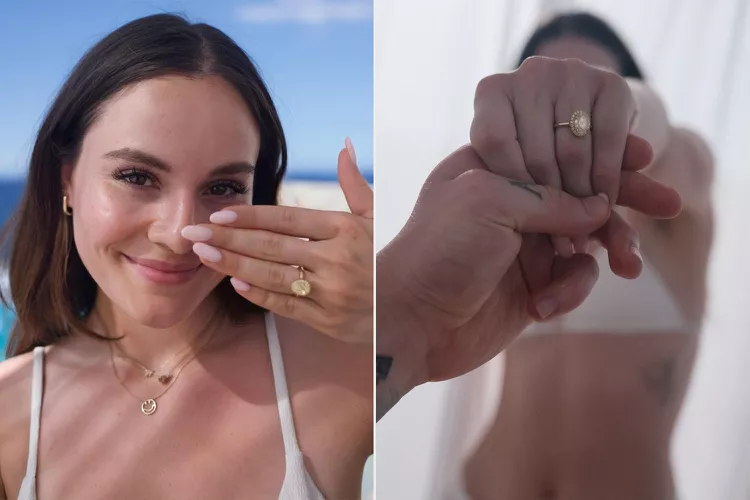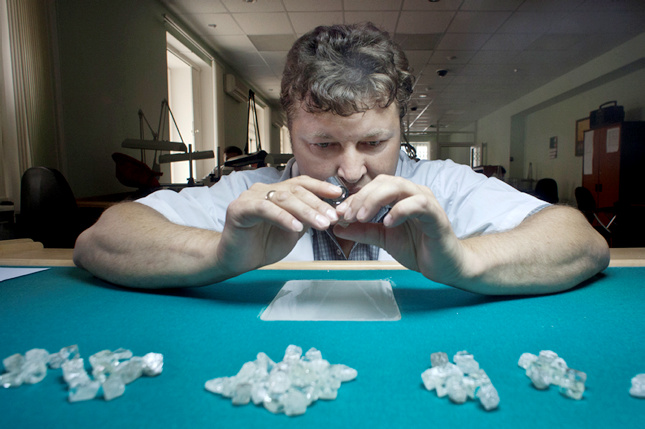
An Indian farmer weeding his field unearthed a 32.80 carat gem quality diamond, one of the biggest finds of recent years.
The rough gem could fetch $120,000 to $180,000 in a forthcoming auction by the Panna Diamond Office, in the central Indian state of Madhya Pradesh.
Many thousands of residents rent small patches of land in the diamond rich district, in the hope of a big find.
In February 2022 another part time prospector dug up a 26.11 carat diamond which later sold for $193,000.
And in February 2021 laborer Rampyare Vishwakarma unearthed a 14.09 ct diamond.
In this case Swamidin Pal had spent five months a year, for the last five years, digging for diamonds.
He said proceeds from the sale would be life changing, and would allow him to buy agricultural land for his sons.
Source: Idex









